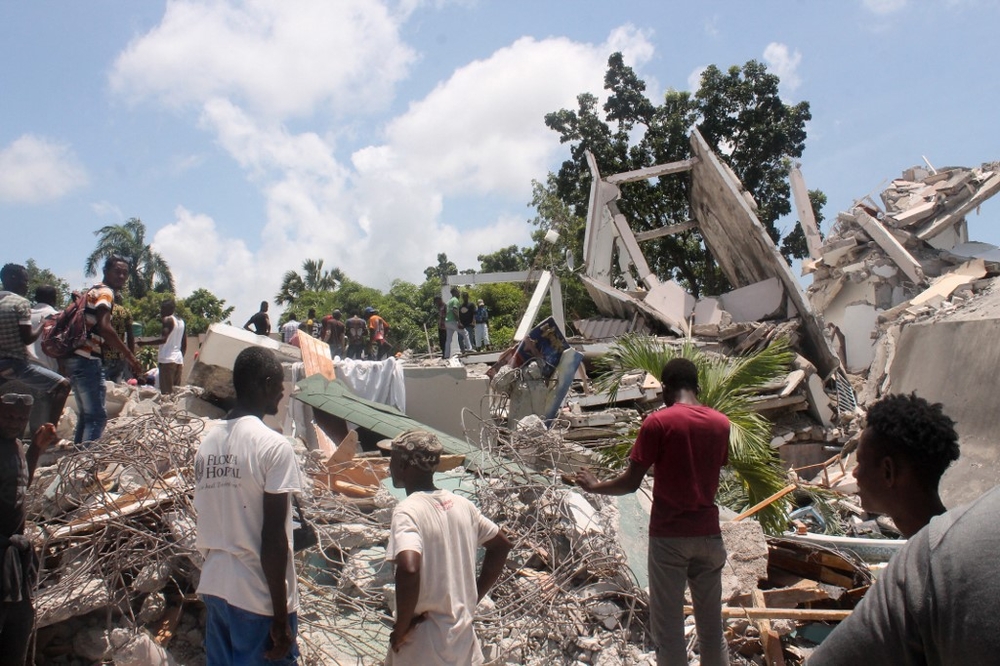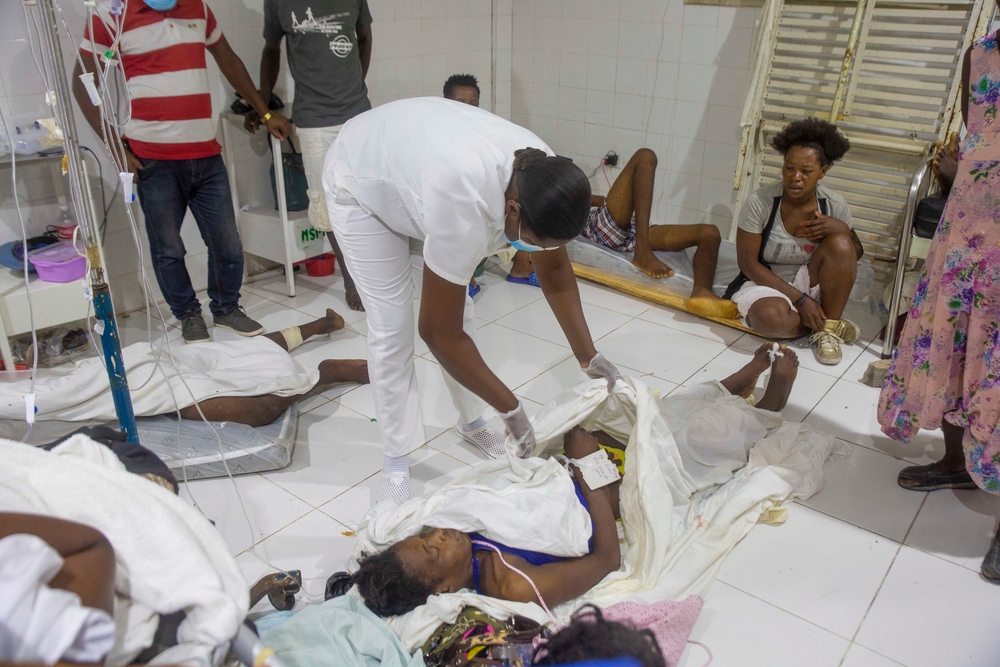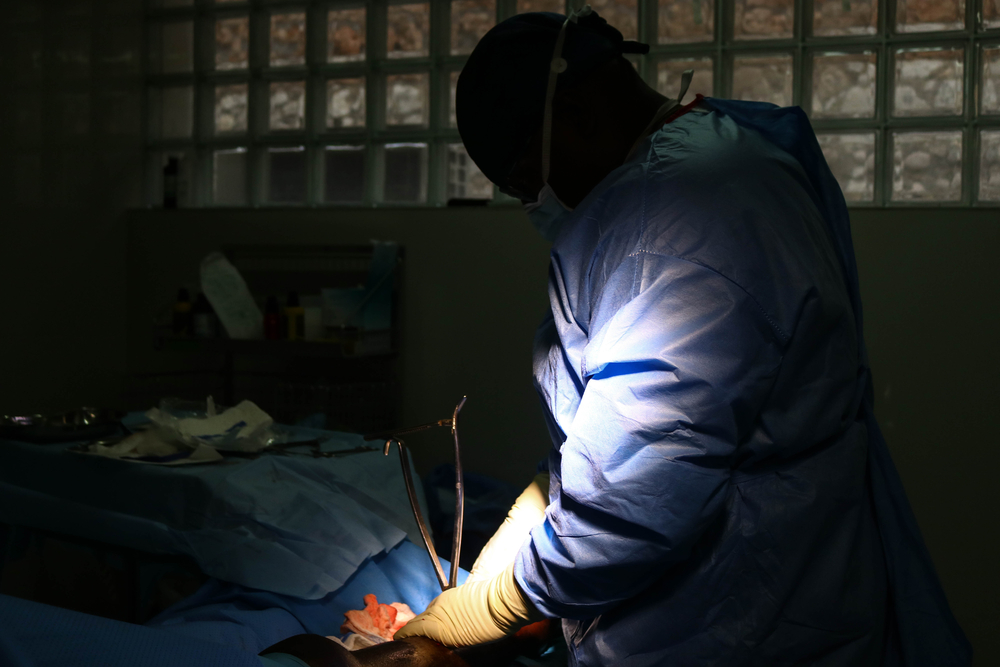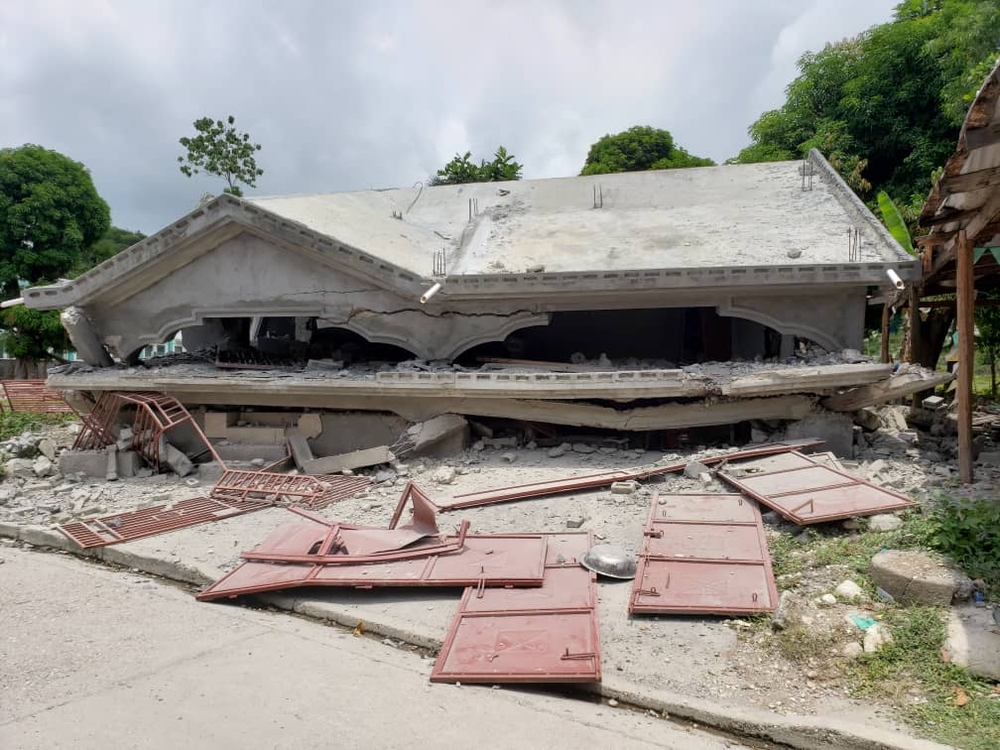Where were you when the earthquake struck?
I was returning home from MSF's Tabarre hospital and I felt the shaking on the road. At first I didn't think it was a very powerful earthquake. It was afterward that I started to receive photos and images of what happened. I saw an informal discussion in an MSF chat group that we could send a team, and I told our medical activity manager that if MSF needed an orthopedic surgeon, I was available, and he said we would leave at 2pm.
Everything was ready then and we left on the road for Les Cayes. The most stressful point was to pass through the Martissant neighbourhood to reach the road to the southern region affected by the earthquake. There are armed clashes in the area, and we heard worrying reports that raised our stress—for our safety, and not because of the earthquake.




